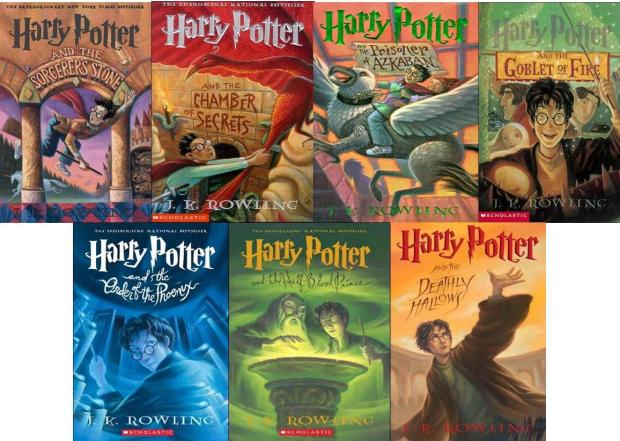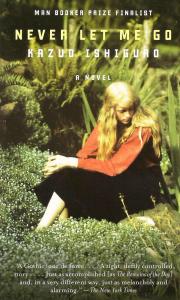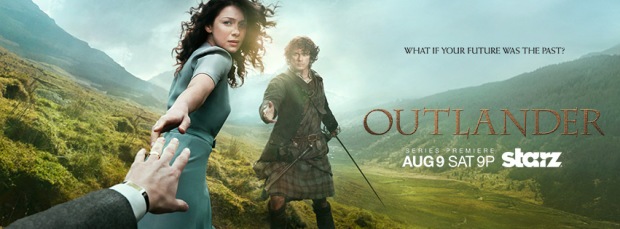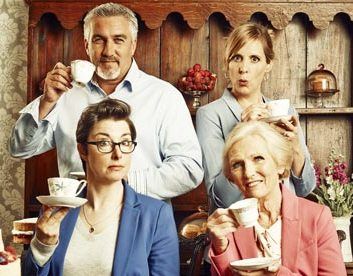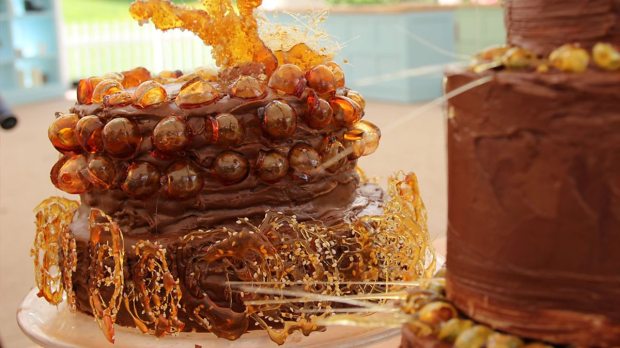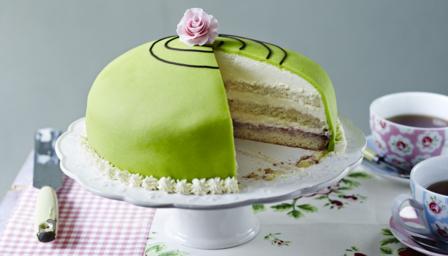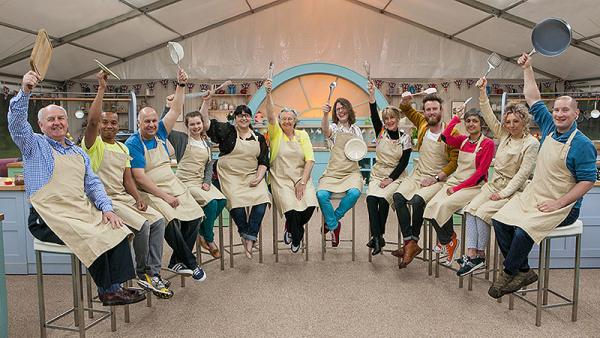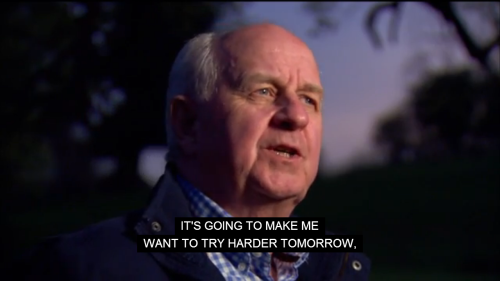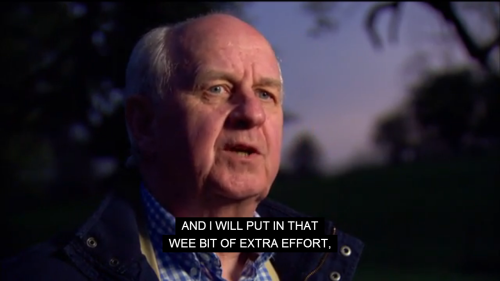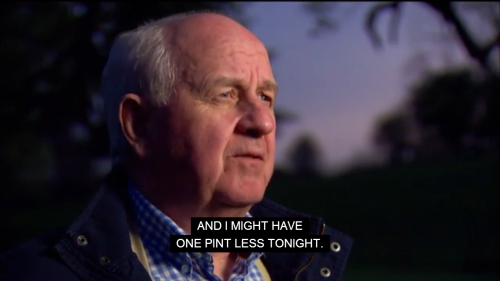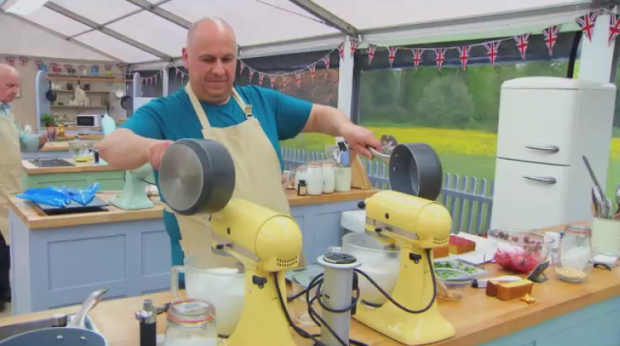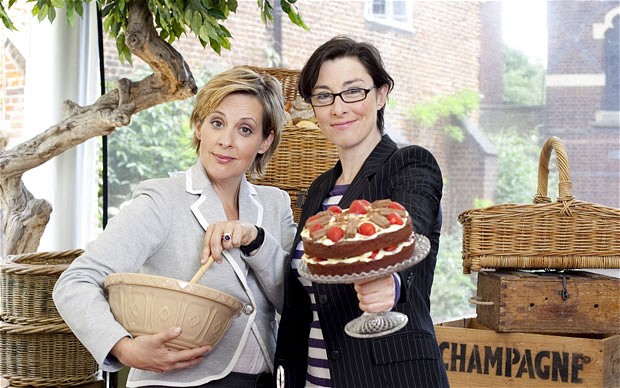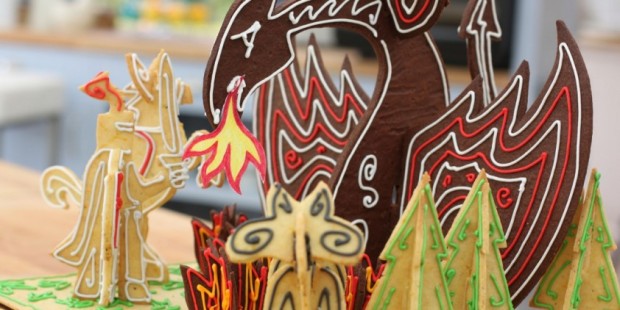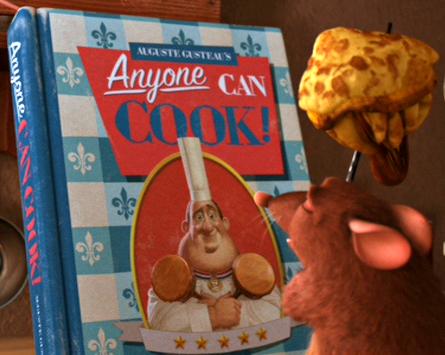In which Emily talks about desserts, paratexts, and a TV show about the Jacobite Rebellion.
Title sequences are like candy wrappers.
Some are more elegant. Some are more recognizable. Some just make you happy.
But no matter how sophisticated or silly they are, title sequences tell you something about what you’re going to find inside. Like footnotes, they’re paratexts.
(And yes, if you clicked on that link, you might well wonder why I keep comparing paratextual apparatuses to desserts. But wouldn’t you write about dobos tortes and Mozartkuglen if given the choice? A group of delightful medievalists on twitter persist on tweeting about #medievaldonut, and it’s got me associating awesome textual history things with sugar. I can’t help myself.)
Anyway, paratexts deliver text to an audience. For theorist Gerard Genette, the paratext is the threshold. Just like your front step isn’t your house, but you still put out a wreath and a welcome mat to make it look nice, the paratext isn’t the text but it invites you into the text. In books, paratexts are things like title pages, cover illustrations, footnotes, author attributions, copyright pages, introductions, and indexes. They’re everything that’s not the author’s primary content. In television shows, they’re things like closing credits, producer cards, and — yep — title sequences.
I’m fascinated by paratexts. Because they so define one’s experience of a text. I don’t know about you, but for me the pale green of Harry Potter and the Half-Blood Prince emphasizes just how much edgier and creepier that book is than its angsty blue sibling.
And just from looking at the covers, you know that The Royal We is a much more adorably rom-com sort of book than is Never Let Me Go.
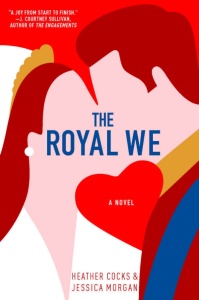
(Source: http://s3.foreveryoungadult.com.s3.amazonaws.com/_uploads/images/47663/the_royal_we__span.jpg)
Through its paratexts — especially book covers and title sequences — a story first instructs you, as a reader or viewer, how to interpret it. Paratexts give you clues as to texts’ themes, preoccupations, intended audience, and genre. They might even give you approximations of their thesis statements — distanced and coded in visual emblematics, of course. Just about a year ago, Leah made this very point when she wrote about Orphan Black for us.
Of course, sometimes a cigar is just a cigar and a title sequence isn’t much more than a title. There are certainly enough stylish shows out there that present simply a short title card, with little framing, score, or imagery. (I’m looking at you, Agent Carter.) But a good old-fashioned title sequence is still a true work of art.
So this week I want to start a series of blog posts that take seriously the title sequence as both work of art and paratext. I’m going to turn my attention to a few awesome title sequences, and talk a little about why they work and what they say about the shows they preface. I’ll talk about allusion, about editing, about score, and about imagery. And I want to start, today, with the title sequence that’s had me wandering around my apartment all week humming “Wha’ll Be King But Charlie?”
Outlander (a show that’s about to start its second season in a week or so) is an interesting and complicated show about time-travel, romance, and eighteenth-century politics. Claire, our hero, is a WWII combat nurse who falls backwards in time to the Highlands of Scotland in 1743, just before the failed Jacobite Rebellion that attempted to put Bonny Prince Charlie on the throne of England (but in fact led to the Highlands being firmly quashed by the British). Frank is her twentieth-century husband both mourning her loss and trying to figure out how and why she disappeared. Jamie is her eighteenth-century Scottish Highlander love interest, who’s very tied up in inheritance concerns surrounding the lands of the different Scottish clans. It’s a show that I have somewhat complicated feelings about, in parts, but it’s also a gorgeous epic adventure story that privileges the experience of a lady protagonist (who has both gorgeous knitwear and a very attractive love interest) that has been kind of fascinating me in the last week or so.
Because of the rugged terrain of the Highlands, the traditions surrounding history fiction in the wake of Sir Walter Scott’s foundational and hugely popular Waverly, and the capital-R-Romantic notion of the Jacobite cause, it’s pretty common to position the Scottish Highlands as a nostalgic landscape mired in the past. The Highlands, in popular culture, get figured as a rural landscape lost to the mists of time: a landscape still associated with Robert Burns, tartan, and heather on the hill. (For Heaven’s sake, the Highlands of Scotland are the setting of Brigadoon, the weirdest, most nostalgic musical ever to have been written about a time-travelling town stuck a few centuries in the past.) Outlander takes advantage of that nostalgia to great avail — although it does take trauma and hardship really seriously, to complicate any hopes that we or the post-war Claire might have had that the world used to be easier or more simple than it is now.
Fundamentally, for me at least, Outlander is a story about nostalgia. About love, grief, loss, memory, trauma, and our romanticization of both the past. It’s about romantic love, and nationalist spirit, and wistful longing for things past. Centrally, in all of this, it’s about the female experience. And all that comes through, for me, in the show’s GORGEOUS title sequence.
In this title sequence, we’ve got a slow motion montage of the magic and mystery of female-centric semi-pagan traditions, the flora, fauna, and sunsets of Scotland, intimations of violence and of sex, men in kilts, women in forests, and Redcoats firing arms. Take out the Samhain dancing and the 1940s imagery, and it could be something written by Sir Walter Scott. And this imagery sets up the romantic possibility of the show: you know you’re entering into a misty adventure story about bonny lasses and lads with swords and plaids.
What makes this title sequence work so well — and really captures the essence of the show — is the sequence’s FANTASTIC rendition of the “Skye Boat Song.” It’s gorgeous and slow and a bit melancholic: to that end it fits the tone of Outlander. Also, the lyrics beautifully fit the story of Outlander: Claire is a “lass that is gone” who finds herself in-between two times and haunted by the reality of having to choose one over the other.
But what makes the song choice SO SMART is that the “Skye Boat Song” wasn’t written for Outlander. It’s a song that emerges out of the Failed ‘45 — the doomed Jacobite Rebellion. It’s actually a song about Bonny Prince Charlie escaping from the Highlands in the face of Scottish defeat. It’s a song about nostalgia and hope and memory and melancholy: the wistfulness of the Highlanders themselves. The title sequence follows, almost word-for-word, the Robert Louis Stevenson lyrics to the “Skye Boat Song.”
And that idea of being ALMOST word-for-word is what makes this title sequence even MORE awesome. Outlander is a historical fiction that focuses on women’s experiences of the past: complementing that, McCreary presents a rewritten historical text that foregrounds the female subject. Charles Stuart, here, doesn’t “sail on a day.” “She” does.
In its title sequence, Outlander sets out its thesis for a lady-centric consideration of grief, memory, and romance in the Scottish Highlands. It’s a delightful minute-and-a-half of awesomeness.
So give Outlander a shot — or at least don’t skip past the title sequence next time you’re marathoning something!
Happy watching!
